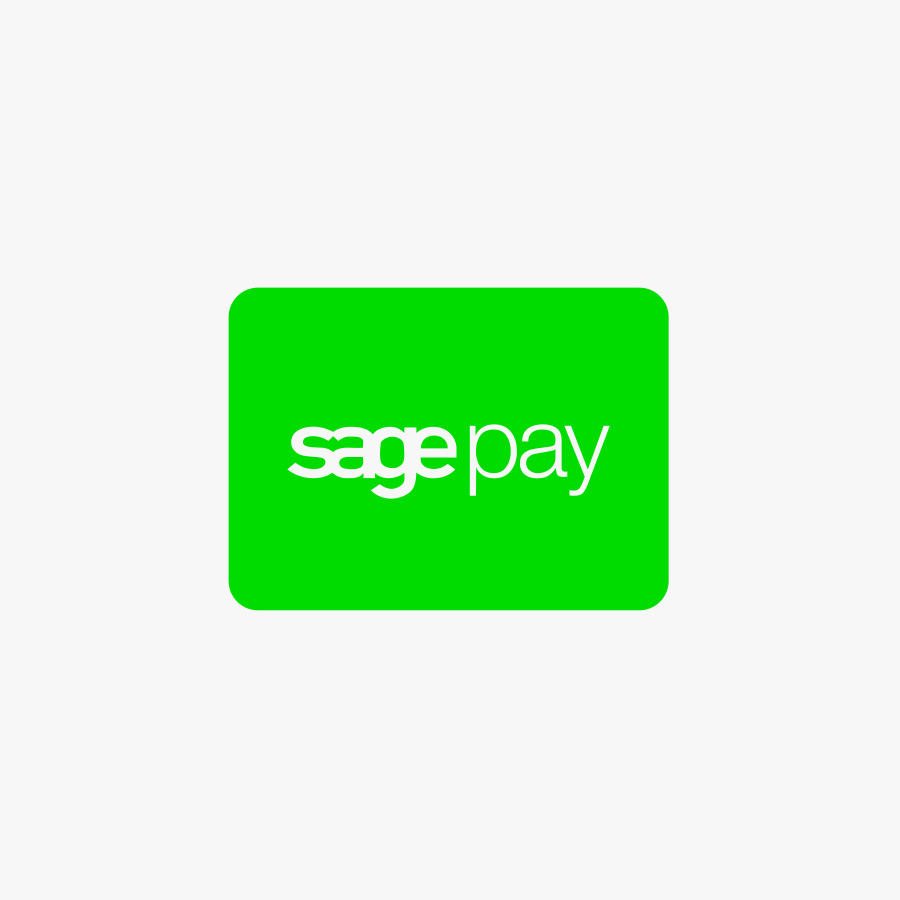Getting Started with Google Analytics
What is Google Analytics?
Google Analytics is a free service provided by Google which helps you to analyse the data about visitors to your website and their actions. At BFI we install Google Analytics on all new sites we build to help you get the most from your website.
How to Log Into Your Google Analytics Account
To sign into your Google Analytics account follow this link, click SIGN IN at the top right of your screen and enter your Google email address and password.
How to View Google Analytics Data
When you log into your Google Analytics account you will see a list of websites that you have access to. If you click on one of these websites you will see a range of important information about your website traffic which can be examined to discover areas of improvement.
The important information is split up into four primary categories which are accessible from the left-hand sidebar:
- Audience
- Acquisition
- Behaviour
- Conversions
The first thing to do is to select a date range by clicking the box at the top right of your screen. Here there is an option to show comparative data by selecting two different ranges, which is useful for comparing data from different months.
1) Audience Reports
The audience section shows you information about the different types of user on your website. This is really useful for understanding the profiles of your customers and helping you to adjust your business strategy accordingly. This is broken down into several sub-categories which are accessible from the left sidebar.
Overview – This highlights the key metrics of the users on your website. This includes the Number of Users, Page Views, Pages Per Session, Session Duration, Bounce Rate and more. This is one of the best ways to get a quick understanding of how many people are visiting your website.
Demographics – This shows the statistics for the age and gender of the users on your website. This also shows which ages and genders convert the most, which will help with targeting a specific audience with your advertising.
Geo – This shows the languages and the locations of the users on your website. This can be filtered to show the exact city that people are visiting your website from. This is a useful tool for understanding if your marketing strategy is reaching the right regions and it also helps content marketers to create locally targetted content.
Behaviour – A breakdown of the percentages of new visitors vs returning visitors to your website, and the behaviour of each of these categories. If you notice that returning visitors have a much higher conversion rate than first-time visitors, then you should try to get first-time visitors back on your website by having a blog or email subscription form.
Technology & Mobile – Detailed information on the different browsers and technology used by visitors to your website. This often shows the importance of having a website which is responsive and optimised for devices as more people are viewing websites on mobiles every year.
2) Acquisition Reports
The Acquisition reports are vital for understanding which of your marketing efforts are succeeding. Here you can see a breakdown of the different sources of traffic to your website and their behaviour.
Organic Search – This refers to the number of visitors to your site from having your website showing up on the organic search engine rankings. These statistics are achieved by having search engine optimisation on your website and having a website which is deemed relevant, as opposed to having paid advertisements.
Referral – Referral traffic is when someone clicks on a hyperlink to your website from a website which is not a search engine or a social media website.
Paid Search – Paid search is any source of traffic where you pay for each time someone clicks on a link to your website. This can be by banner advertising, Google Shopping, or Google Adwords.
Direct – Direct traffic is when people go straight to your website from their browser without clicking on in through any other source.
Social – Social shows how many people click on your website from your social media pages. If you click on this section you can see the figures from each specific Social Media channel such as Facebook, Twitter, YouTube or LinkedIn.
Email – This is the traffic to your website where people click on your website from a link in an email. Note that sometimes Google records this as referral traffic.
3) Behaviour Reports
The Google Analytics Behaviour section details the behaviour of users once they are on your website. This includes which pages are clicked on and what route they take through your website and can give you a good indication of what content users prefer and what they are looking for from your website.
Overview
The overview provides a quick overview of the information of the behaviour of visitors on the website. This includes
- Total Page Views
- Unique Page Views
- Average time on Page
- Bounce Rate
- % Exit
- Page Views for the top 10 most viewed pages.
You can see a full report of the page views for every page on your website by clicking ‘view full report’.
Behaviour Flow Report
The behaviour Flow Report shows a flow diagram of the journey that users take on your website. This is a great way to help you understand how users travel from page to page throughout your website. By analysing this you can help you improve your calls to action and inner linking on your website to ensure users are travelling down the correct routes and visiting the pages you’d like them to.
4) Conversion Reports
Tracking conversions on your website is really important to ensure your marketing efforts are succeeding and users are taking the action you want them to complete. Conversions can be either monitored as an e-commerce transaction or as the completion of a goal.
A goal can be defined as:
- URL Destination – This is good for tracking actions such as submitting a contact form. For example, once the form is submitted they could direct to the URL www.yourwebsite.co.uk/thank-you.
- Time on Site
- Pages/Visit
- Event
How to set up Goal Tracking in Google Analytics
- Start by selecting Admin at the bottom left of your dashboard.
- Select Goals from under from View menu on the right.
- Select the red New Goal button.
Once you have selected New Goal you can then either select a template or create a custom goal.
Templates are a selection of pre-defined popular business objectives which are divided into four categories:
- Revenue
- Acquisition
- Enquiry
- Engagement
If there is not a template for your desired goal you can easily set up a custom goal.
To set up a custom goal select Custom and click continue.
You can the choose from four different types of goal.
If your website has an e-commerce store, you will need to enable e-commerce tracking to monitor the conversions in Analytics.
How to set up E-commerce Tracking in Google Analytics
- Click on Admin on the bottom left of the screen.
- In the view column click ‘Ecommerce Settings’.
- Set Enable E-commerce to ON
- Click Next Step
- Click Submit
Product Performance
Once you have tracking set up, you can view all the transactions that take place on your website and compare which products are selling.
- Under Conversions on the left sidebar select E-commerce
- Under E-commerce select Product Performance
Here you will see a breakdown all the different products you have sold. This will include
- Quantity Sold
- Unique Purchases
- Product Revenue
- Average Price
- Average Quantity
This is a simple way to get an overview of which products are the most popular and which produce the most revenue. Low-cost high volume products may present an upselling opportunity. It can also help to answer questions about why products aren’t selling – is their price too high? Is website traffic directing to the product page?
Google Analytics and SEO
This is a starter guide to understanding your Google analytics, there are many more capabilities and filters you can use to fine-tune your marketing strategy to get the most from your website.
Understanding and analysing Google Analytics plays a key part in any Search Engine Optimisation strategy. As a dedicated SEO agency we work closely with the analytics data and your business goals to ensure that your website is working to generate the most leads or revenue. We can also assist with content marketing to ensure that your content is assisting with your SEO efforts, and email and social media marketing to allow you to reach customers by those means.



